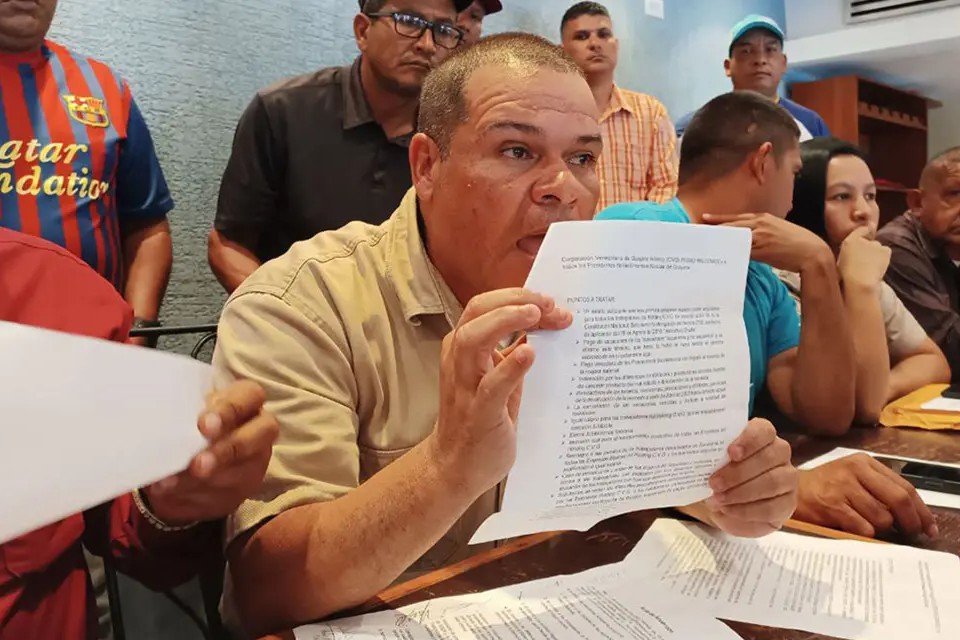Our country has nuclear power plants (energy by nuclear reaction) as Reservoir, Atucha I, II and III. However, in the field of medicine for national use and export of radioisotopes, it all began in 1958, with the inauguration of the first Argentine nuclear reactor, whose construction took just nine months and carried out its first test in January of that year.
In this way, the Argentine RA-1 jet held his first nuclear reaction at the beginning of 1958. Two years before, the National Atomic Energy Commission (CNEA) took the initiative that would allow the purchase of a nuclear reactor for the country. Finally, the transaction had setbacks, so Captain Oscar Quinhillalt took possession of the plans for a small experimental reactor that had been inaugurated at the Argonne National Laboratory in Chicago, United States.
With these plans, on April 9, 1957, the CNEA decided to start the construction of the first nuclear reactor for medical research purposes for our country in the Buenos Aires suburbs. With the physicist Fidel Alsina Fuentes, head of Nuclear Engineering at the CNEA, as director, the construction of the device which is based on experimenting with a nuclear reactionfinished being ready on January 16, when the first test was carried out.
Since then, the RA-1 has been used for cutting-edge experiments and pioneered the production of domestically produced radioisotopes for medicine and industry. Currently, this plant is used for human resources training, scientific dissemination projects, neutron activity tests on various materials, radiation damage studies, and the development of BNCT cancer therapy. (Boron Neutron Capture Therapy).

First Nuclear Power Plant
Likewise, nuclear power plants can carry out energy production tasks, as is the case of Atucha I, II and III. The first of these large facilities, named Atucha I, was inaugurated in 1974 and constitutes the first nuclear power plant in Latin America, located in the town of Lima, Zárate district, Buenos Aires province.

As of today, this nuclear power plant has a power of 362 MW, using a mixture of natural uranium (0.72%) and one slightly enriched to 0.85% as fuel. The facility is of the PHWR type, a pressurized heavy water pressurized reactor (D20). In environmental matters, it is credited with saving natural resources, lower environmental impact, avoiding the destruction of the ozone layer, global warming and acid rain.


















